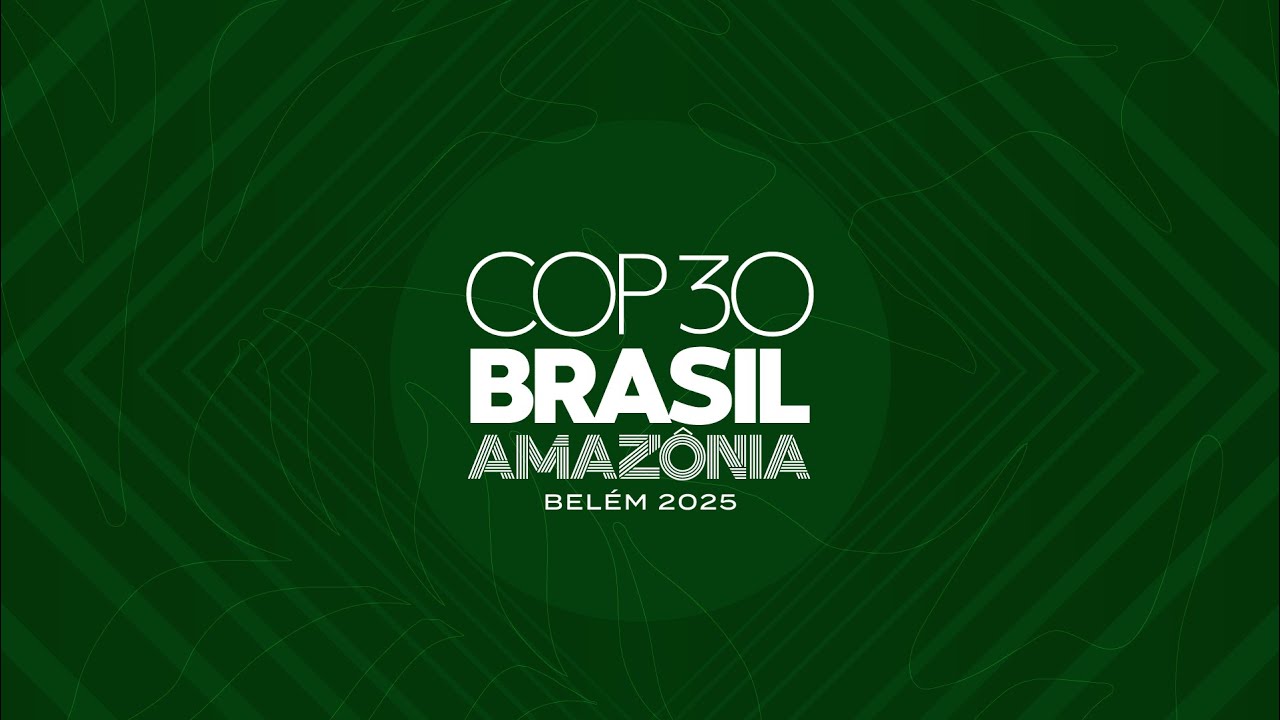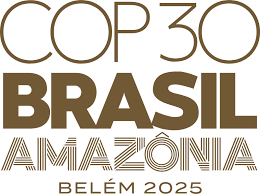
As the world grapples with record-breaking heatwaves and rising sea levels, the spotlight is on the upcoming 30th UN Climate Change Conference (COP30), set to take place in Belém, Brazil, from November 10-21, 2025. With the Amazon rainforest as its backdrop, this summit is being hailed as a pivotal moment for humanity to recommit to the fight against climate change. But with geopolitical tensions and economic hurdles casting long shadows, can global leaders deliver the bold action needed?
This year’s talks come on the heels of a sobering reality: 2024 was the hottest year ever recorded, with global temperatures briefly surpassing the critical 1.5°C threshold set by the Paris Agreement. From devastating floods in Southeast Asia to wildfires scorching parts of Europe, the urgency for collective action has never been clearer. In Belém, countries are expected to unveil updated climate pledges, known as Nationally Determined Contributions (NDCs), to slash emissions and build resilience against climate impacts. Yet, as of June 2025, only a handful of nations—covering just 15% of global emissions—have submitted their plans, raising fears of a commitment gap.
Brazil, hosting COP30, is positioning itself as a champion of nature-based solutions. President Luiz Inácio Lula da Silva has proposed the “Tropical Forest Forever Facility,” a $125 billion initiative to reward countries for preserving tropical forests like the Amazon, which act as vital carbon sinks. “The Amazon is not just Brazil’s treasure; it’s the world’s lungs,” Lula said at a pre-COP event in Brasília last month. However, critics point to a controversial highway project near Belém, which could spur deforestation, as a sign that even host nations struggle to align actions with rhetoric.
Climate finance remains a sticking point. At COP29 in Baku, wealthy nations agreed to provide $300 billion annually by 2035 to help poorer countries adapt to climate change and transition to clean energy. But experts argue this falls far short of the $1.3 trillion needed by the end of the decade. Developing nations, hit hardest by climate disasters they did little to cause, are demanding more robust support through the Loss and Damage Fund, which is now operational but underfunded. “It’s not charity; it’s justice,” said Aisha Mohammed, a Nigerian climate negotiator, in a recent interview.
Adding to the complexity, the United States’ withdrawal from the Paris Agreement under President Donald Trump’s second term has rattled the global climate community. The closure of the U.S. climate diplomacy office has left allies scrambling to fill the leadership void. Meanwhile, conflicts in the Middle East and Eastern Europe continue to divert attention and resources, with some analysts warning of a new “economic denial” trend—where leaders acknowledge the crisis but resist the systemic changes needed to address it.
Despite the challenges, there’s room for optimism. The mid-year UN climate meeting (SB62) in Bonn, running from June 16-26, 2025, is laying the groundwork for COP30 by hammering out details on adaptation measures and transparency rules. Grassroots movements, from youth activists in Africa to indigenous groups in Latin America, are also amplifying their voices, demanding accountability from world leaders. In Belém, a new framework to measure progress on climate adaptation is expected to take shape, offering hope for communities on the frontlines.

As the clock ticks toward November, the world is watching. Will COP30 in Belém be a turning point or another missed opportunity? For now, the Amazon’s rustling leaves seem to whisper a simple truth: time is running out.







































